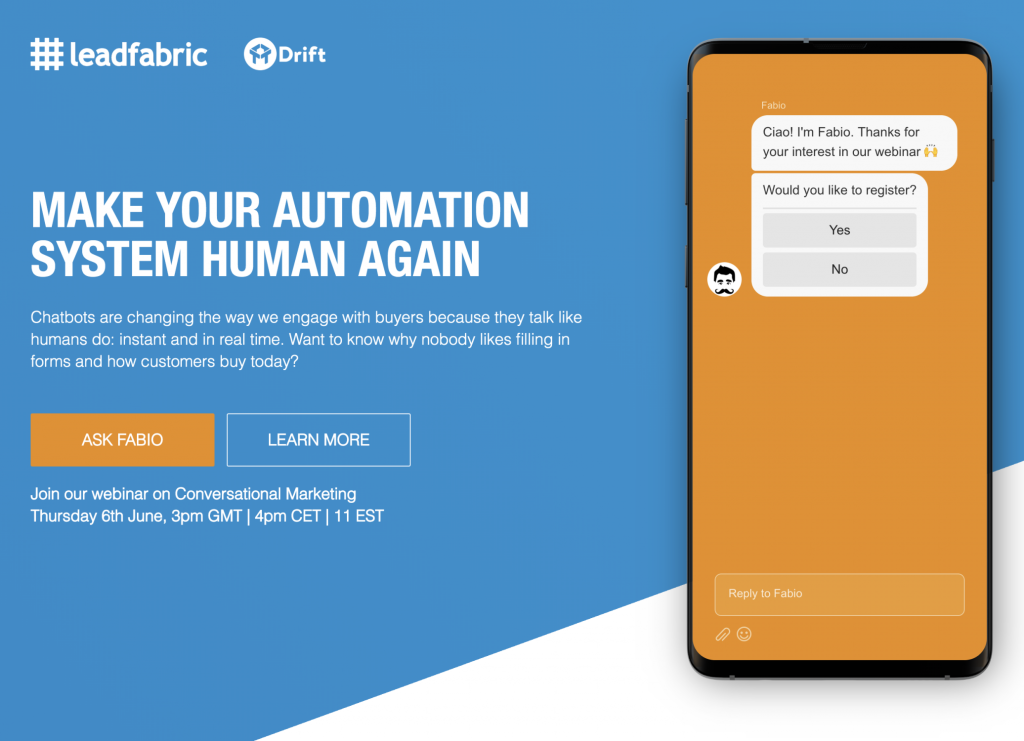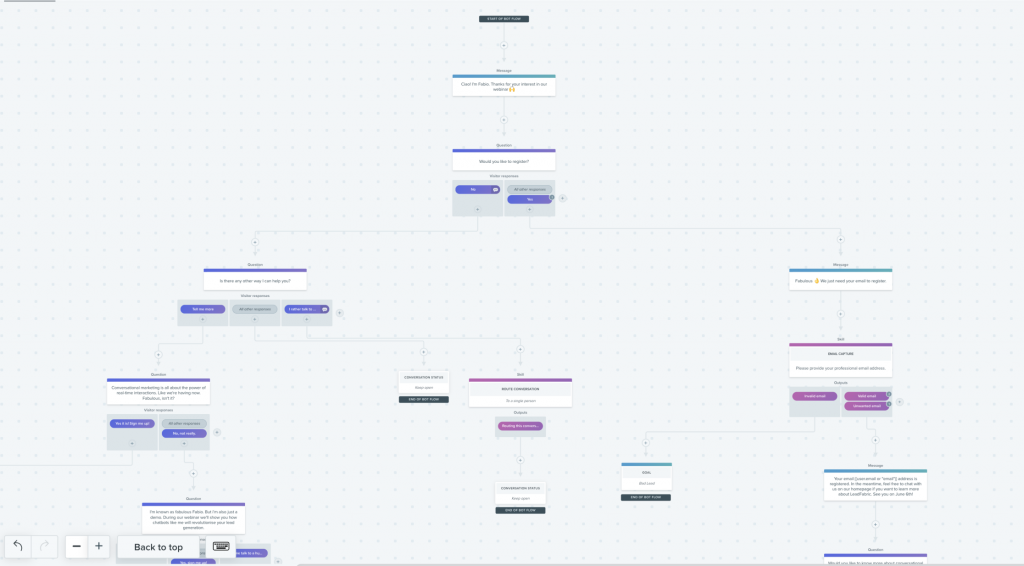We have recently started investing our marketing efforts in more webinar content. After our first webinar we decided to change things around within several areas. Actually, we changed almost everything – our webinar provider, the landing page design and the registration process.
We have a lot of great partners with interesting technologies we can present (and even better – we are allowed to use them for our own marketing), so why not to combine their powers for setting up our newest webinar? I, responsible for internal marketing automation, had to put all these pieces together. This is the story of how I did that.
With access to several technologies, I ended up setting the webinar combining following platforms:
- Eloqua – This platform is my specialty; therefore, its campaign management orchestrates all other platforms.
- Zoom – Our newly chosen platform to run the webinar itself. We have a really good experience with Zoom and use it for our internal communication too (pro tip: check Slack integration!!!)
- Salesforce – A no-brainer here, just making sure all leads go to our Sales, correctly flagged, correct lead source, etc. We have a running Eloqua-Salesforce integration in place so there is not much work to be done here.
- Drift – This tool is new in our arsenal. What is Drift you ask? It’s a chatbot platform that allows you to have real-time conversations on your website. Or you can implement some easily scriptable bot conversation acting on your behalf.
And what a coincidence – conversational marketing was chosen as the topic of the webinar. By lifting the ease of use of the chatbot we are perfectly aligned with the the topic; we can demonstrate its value and especially show how easy it is to register through a conversation. Think of a traditional way – you are asking someone to fill in a long form… or you can have them naturally registered through the chat pre-prepared dialogue.

Our Landing Page

Setting up your registration process - using Drift
We started by designing a new landing page with a short description on the left and a mobile phone screenshot on the right with inserted iFramed chatbot. Originally we wanted to keep the page overly simple and leave it to a chatbot to answer questions about the webinar, but after several revisions and feedback we ended up with a more traditionally looking page which had a description and a speakers section (although still less prominent than usually).
In Drift we created a new Playbook (that’s how scripts are called inside the platform). Very simple workflow. Crucial is to keep it simple in order to keep people engaged and don’t allow them to get lost – direct the conversation straight to our main point – we ask them if they want to to register for the webinar. This is just a quick question within the dialog, where we let them fill in their email address (necessary for the webinar confirmation), nothing else.
We were debating if we needed to collect multiple data from visitors. Sales always wants as much info as possible but our goal was not to ending up with a long format. We settled with a compromise: for new leads (or missing info in our system) we had a second touch point linking to another landing page with a traditional form. We actually offered people not only to update their data, but also to review their communication preferences. Conversion on this form was around 10%, which is not bad. But mainly it showed us as a transparent company and demonstrated our responsibility around privacy.
Once we collected the email address we decided to flag a Drift database field with a string that allowed me to identify the lead back in Eloqua. Here I found a main issue in Drift’s playbook workflow: I would like to trigger an integration at this moment (so Eloqua can tell Zoom “hey bro, send this person their webinar confirmation“). Instead of that, Drift handles integration events differently – the conversation needs to be “ended”. This can happen either manually, when human reviews it, or by a step at the end of the conversation. But the question on email address isn’t the last step in the script: if someone leaves the landing page before getting to the end, the conversation stays technically opened, not sync to Eloqua. Then human operator needs to go to the platform and close it manually. Most of the people got to the end (registration process was triggered), but some got to an infinite wait step and our staff had to intervene.
Once the integration was triggered, a background campaign picks up flagged contacts and sends them to Zoom for confirmation. The next single step in the workflow I mentioned mentioned earlier: the second touch linking to form to fill in the gaps (btw: setting up Drift / Eloqua integration is super easy – such a pleasant surprise for anyone working with Eloqua’s traditional integration UI).
Pitfalls
There were several minor new issues we discovered on our way towards the webinar.
- Several manual checks and inputs were necessary – users sometimes asked questions (e.g. “I inserted wrong email”) which we had to answer manually and correct in the database.
- Eloqua delay – the integration between Drift-Eloqua is immediate, but it can take up to one hour in Eloqua’s segment to pick up flagged contact.
- Data priority in Eloqua – in one occasion Drift couldn’t overwrite a field because SFDC previously updated this one with another value – data with higher priority.
- Zoom doesn’t really allow you to customise your emails as we would expect.
But overall this was a great experience, we are already setting up our next webcast and many improvements are shaping not only in my head.

